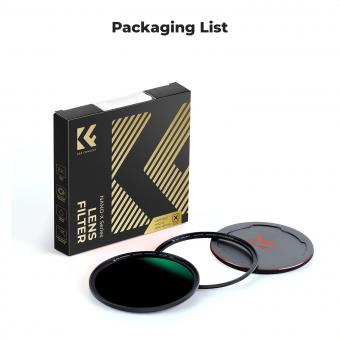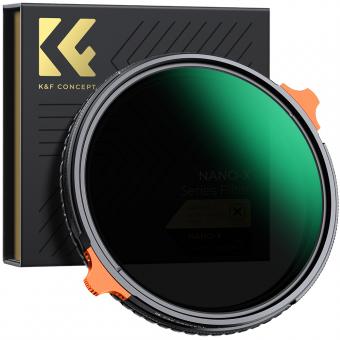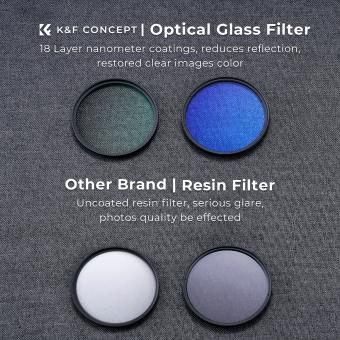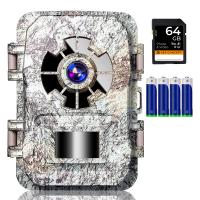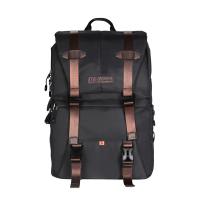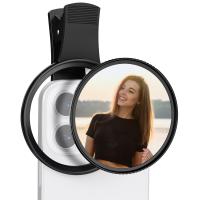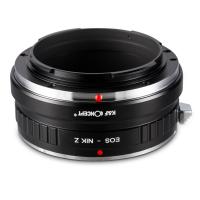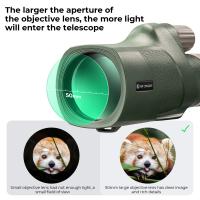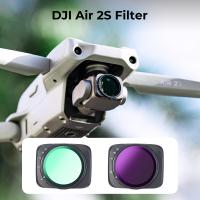How To Use A Polarizing Filter In Photography ?
A polarizing filter is a useful tool in photography that can help reduce glare and reflections, enhance colors, and improve contrast in your images. To use a polarizing filter, simply screw it onto the front of your lens and rotate it until you achieve the desired effect.
When shooting outdoors, a polarizing filter can help reduce glare and reflections on water, glass, and other shiny surfaces. It can also enhance the colors of the sky, foliage, and other natural elements in your scene. To achieve these effects, rotate the filter until you see the reflections and glare disappear, and the colors become more vibrant.
It's important to note that a polarizing filter can also reduce the amount of light entering your lens, so you may need to adjust your exposure settings accordingly. Additionally, the effect of the filter may vary depending on the angle of the sun and the position of your camera, so experiment with different angles and rotations to find the best results.
1、 Definition and Function of Polarizing Filter
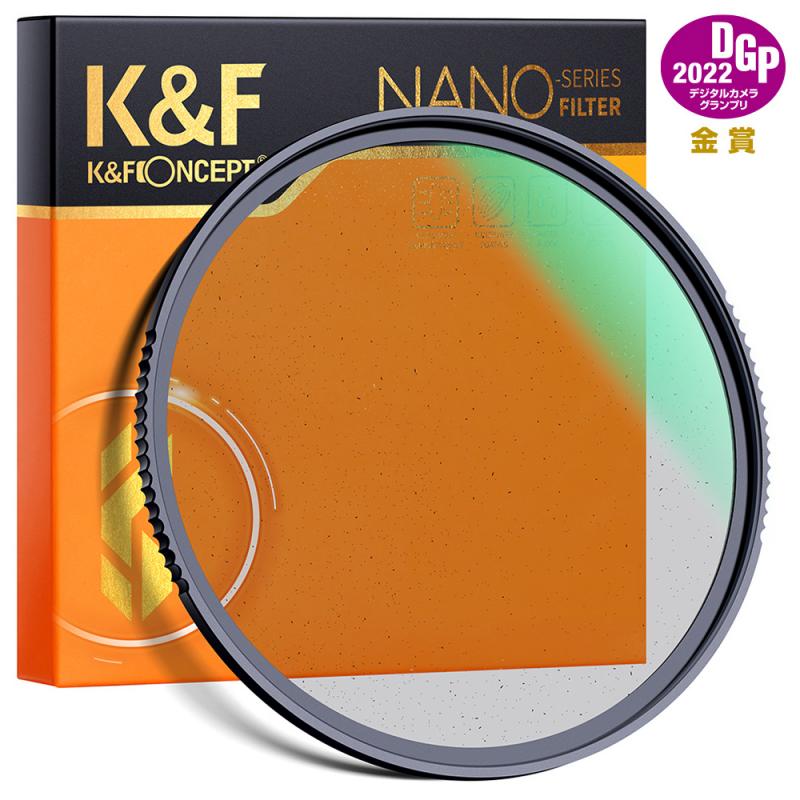
How to use a polarizing filter in photography:
A polarizing filter is a tool that can be attached to the front of a camera lens to reduce glare and reflections, enhance colors, and improve overall image quality. To use a polarizing filter, follow these steps:
1. Attach the filter to the front of your camera lens. Make sure it is securely fastened and aligned properly.
2. Look through the viewfinder or LCD screen and rotate the filter until you achieve the desired effect. You will notice that the filter has a noticeable effect on the image as you rotate it.
3. Experiment with different angles and positions to achieve the best results. Keep in mind that the effect of the filter will vary depending on the angle of the light source and the position of the camera.
4. Use the polarizing filter to reduce glare and reflections when shooting water, glass, or other reflective surfaces. This will help to bring out the colors and details in the subject.
5. Use the filter to enhance the colors in your images, especially in landscapes and outdoor scenes. The filter can help to deepen the blues in the sky, make foliage appear more vibrant, and bring out the colors in sunsets and sunrises.
Definition and Function of Polarizing Filter:
A polarizing filter is a type of optical filter that is designed to block certain wavelengths of light while allowing others to pass through. It works by selectively absorbing light waves that are oriented in a certain direction, while allowing those that are oriented in a different direction to pass through. This can help to reduce glare and reflections, enhance colors, and improve overall image quality. Polarizing filters are commonly used in photography, but they are also used in a variety of other applications, such as in LCD screens, sunglasses, and scientific instruments. The latest point of view is that polarizing filters are still an essential tool for photographers, especially for landscape and outdoor photography, where they can help to bring out the natural beauty of the scene.
2、 Types of Polarizing Filters
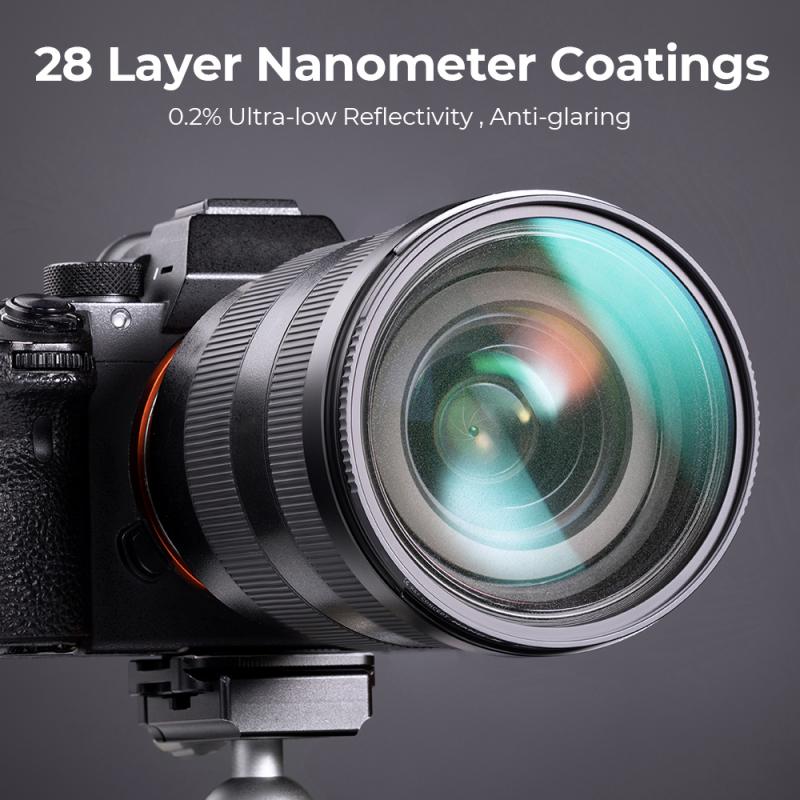
How to use a polarizing filter in photography:
A polarizing filter is a must-have accessory for any photographer who wants to capture stunning landscape or outdoor shots. Here are the steps to use a polarizing filter in photography:
1. Screw the filter onto the front of your lens. Make sure it is securely attached.
2. Look through the viewfinder or LCD screen and rotate the filter until you see the desired effect. A polarizing filter reduces glare and reflections, enhances colors, and increases contrast.
3. Adjust the exposure settings as needed. A polarizing filter can reduce the amount of light entering the lens, so you may need to adjust the aperture or shutter speed.
4. Take the shot and review the results. You should see a noticeable improvement in the quality of your image.
Types of Polarizing Filters:
There are two main types of polarizing filters: linear and circular. Linear polarizing filters are less expensive and work well with manual focus cameras. However, they can interfere with autofocus and metering systems on newer cameras. Circular polarizing filters are more expensive but are compatible with all cameras and do not interfere with autofocus or metering.
In recent years, there has been a rise in popularity of variable ND filters, which combine a polarizing filter with a neutral density filter. These filters allow you to adjust the amount of light entering the lens while also reducing glare and reflections. They are a great option for outdoor photographers who want to capture long exposures or shallow depth of field shots in bright sunlight.
3、 Choosing the Right Polarizing Filter for Your Camera
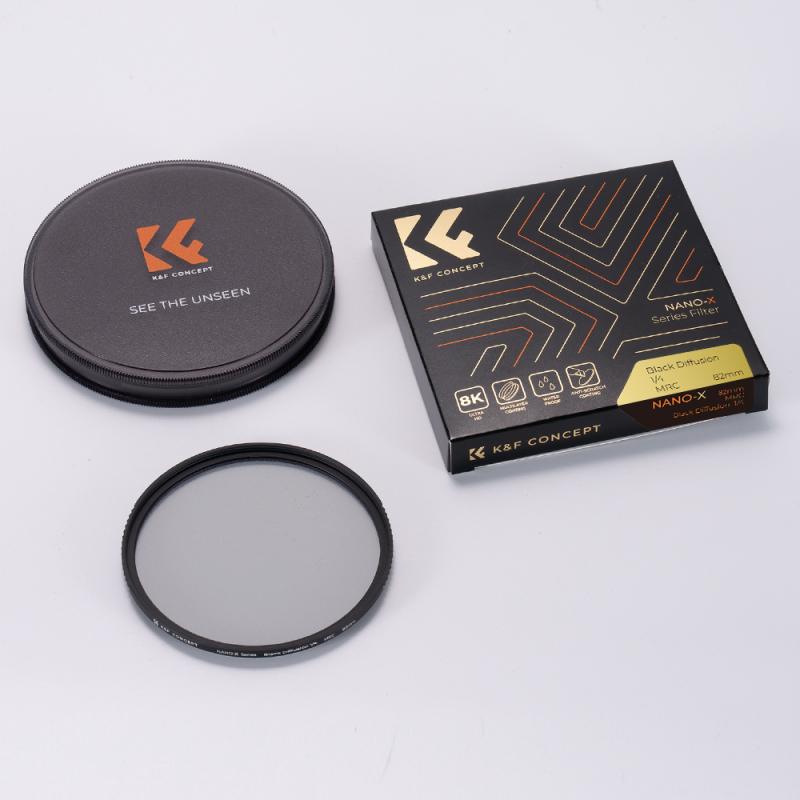
How to Use a Polarizing Filter in Photography:
A polarizing filter is a must-have accessory for any photographer who wants to capture stunning landscape or outdoor shots. It helps to reduce glare and reflections, enhance colors, and improve overall image quality. Here are some tips on how to use a polarizing filter in photography:
1. Screw the filter onto your lens: Polarizing filters come in different sizes, so make sure you get the right one for your lens. Once you have the filter, simply screw it onto the front of your lens.
2. Adjust the filter: Most polarizing filters have a rotating ring that allows you to adjust the amount of polarization. Rotate the ring until you achieve the desired effect.
3. Look through the viewfinder: As you rotate the filter, you'll notice the effect it has on the scene. Look through the viewfinder and adjust the filter until you get the desired effect.
4. Experiment with different angles: The effect of a polarizing filter varies depending on the angle of the sun. Experiment with different angles to see how the filter affects the scene.
Choosing the Right Polarizing Filter for Your Camera:
When it comes to choosing the right polarizing filter for your camera, there are a few things to consider. First, make sure you get the right size filter for your lens. Second, consider the quality of the filter. A high-quality filter will produce better results and last longer. Finally, consider the type of polarizing filter. Circular polarizing filters are the most common and work well with autofocus cameras. Linear polarizing filters are best for manual focus cameras.
In recent years, there has been some debate about the use of polarizing filters in digital photography. Some photographers argue that the effect of a polarizing filter can be replicated in post-processing. However, many photographers still prefer to use a polarizing filter in the field to achieve the desired effect in-camera. Ultimately, the decision to use a polarizing filter is up to the individual photographer and their personal preferences.
4、 Techniques for Using Polarizing Filter in Photography

Techniques for Using Polarizing Filter in Photography
A polarizing filter is a must-have accessory for any photographer who wants to capture stunning landscape or outdoor shots. It helps to reduce glare, enhance colors, and improve contrast in your photos. Here are some techniques for using a polarizing filter in photography:
1. Understand the Effect of Polarizing Filter: A polarizing filter works by blocking certain light waves that cause glare and reflections. It can help to reduce reflections on water, glass, and other shiny surfaces. It can also enhance the colors of the sky, foliage, and other natural elements.
2. Choose the Right Type of Polarizing Filter: There are two types of polarizing filters - circular and linear. Circular polarizers are more commonly used in digital cameras as they work better with autofocus and metering systems. Linear polarizers are more suitable for film cameras.
3. Adjust the Angle of the Filter: The effect of a polarizing filter depends on the angle at which it is placed in front of the lens. To get the best results, rotate the filter until you see the desired effect in the viewfinder.
4. Use a Tripod: When using a polarizing filter, you may need to use a slower shutter speed to compensate for the reduction in light. Using a tripod can help to keep your camera steady and avoid camera shake.
5. Experiment with Different Settings: Polarizing filters can have a dramatic effect on your photos. Experiment with different settings to see how the filter affects the colors, contrast, and overall look of your images.
In conclusion, using a polarizing filter can help to improve the quality of your outdoor photos. By understanding the effect of the filter, choosing the right type, adjusting the angle, using a tripod, and experimenting with different settings, you can capture stunning images that stand out from the crowd.



